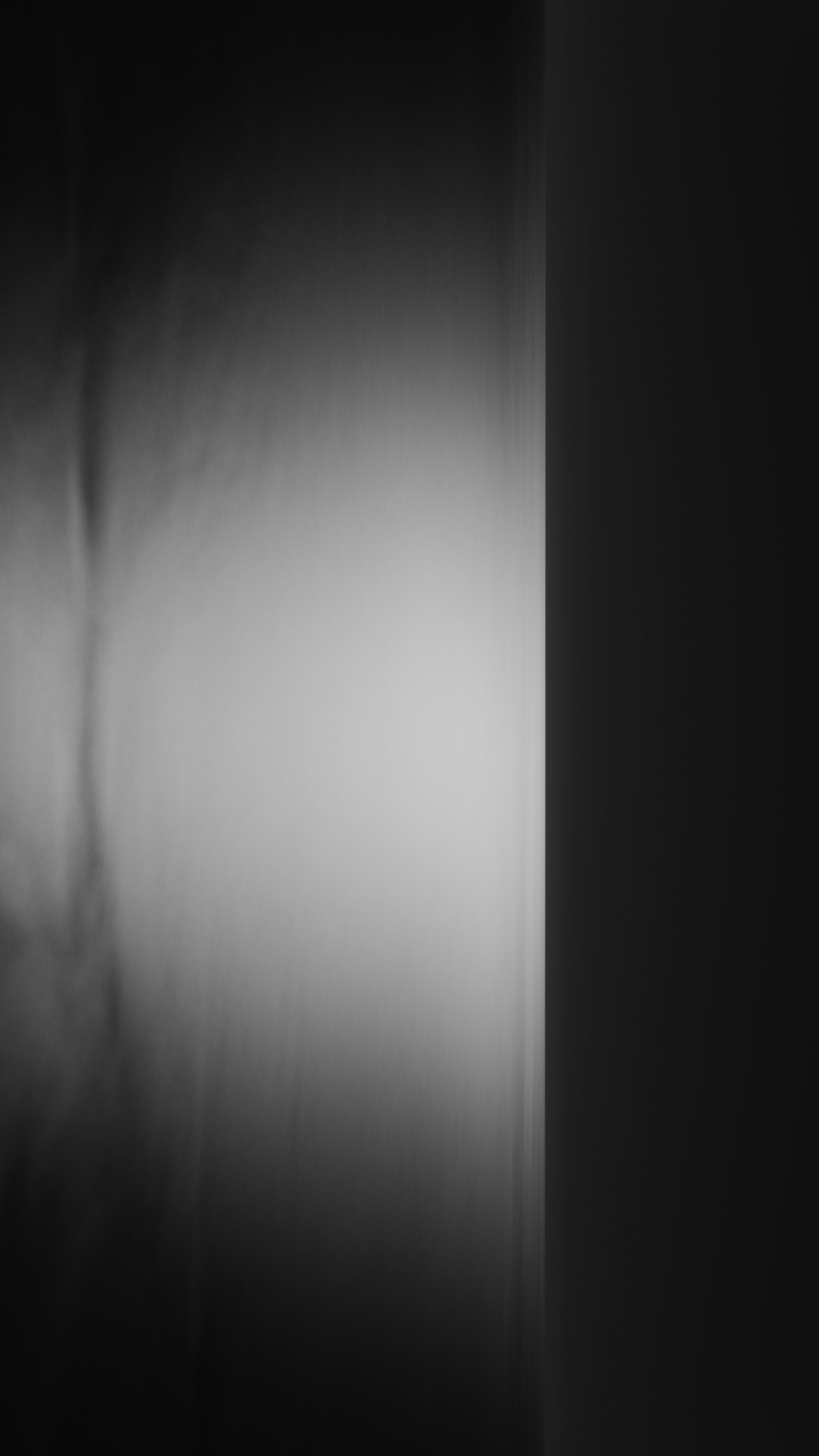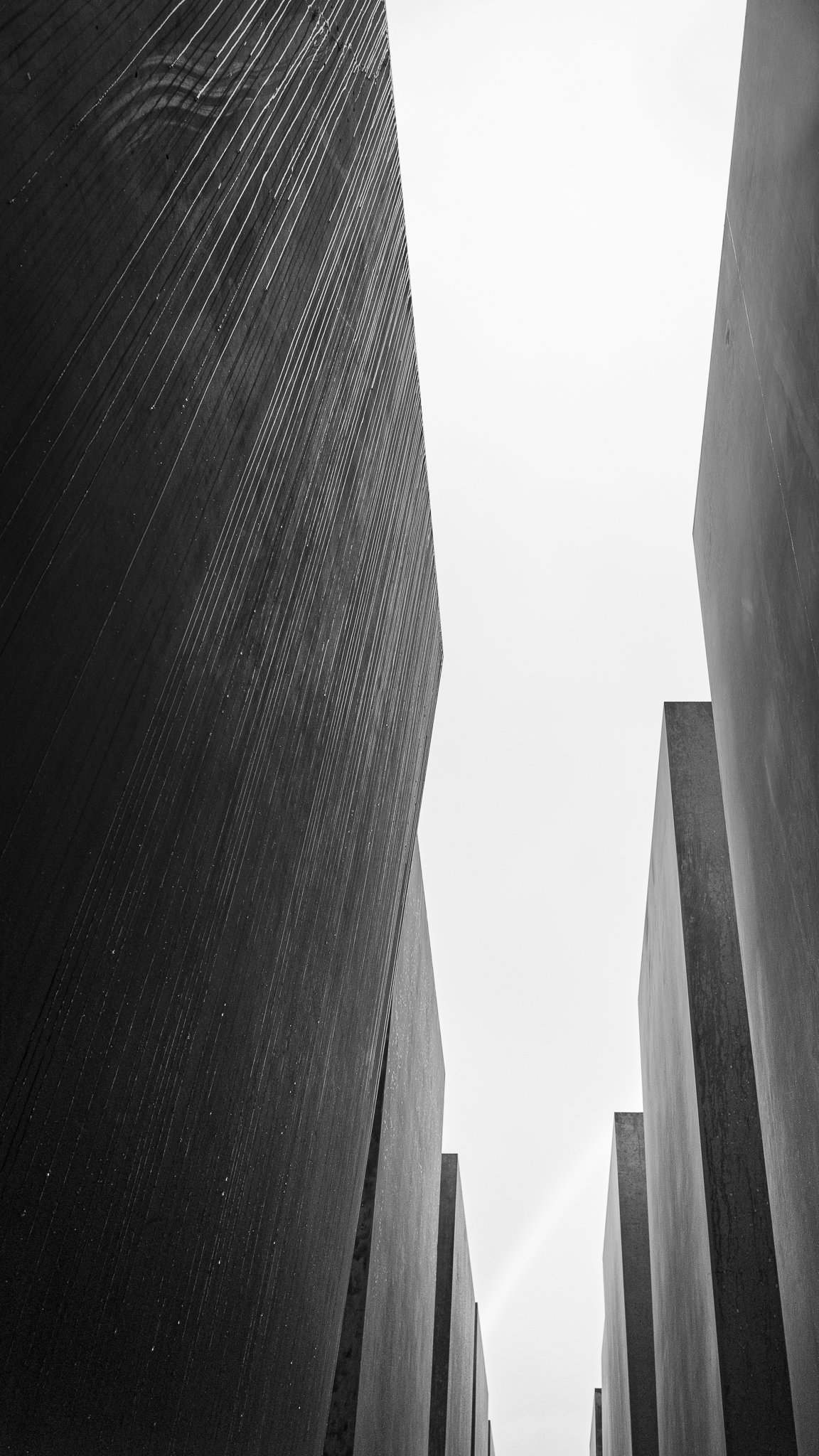The Long Read 1/3: Globalisation and Korean Photography
Introduction
There is no specific definition of when globalisation started. In the West some scholars cite the discovery of America by Christopher Columbus in 1492. We could therefore deduce from the moment of first contact that a nation’s culture is no longer a purely indigenous form. So when a country or people seeks to preserve and promote its cultural identity through art in todays globalised world, it is important to recognise the inevitability of cross-cultural exchange.
Photography as an accepted art form in Korea is displaced from the globalised or Western timeline. The New Wave, Korea’s first generation of photographic artists such as: Bae Bien-U, Kim Daesoo and Lee Jungjin, offer a bridge to the past, bringing cultural traditions to the medium of photography. While it is acknowledged that overseas study and travel influenced these photographers, little is written about the artworks and movements that inspired their own creative choices. Instead, we see in exhibition surveys and the photographers monographs, it is repeatedly emphasised the connection to Korea’s unique cultural roots.
Travel and education gave the photographers of the New Wave an opportunity to develop a visual language that could articulate their cultural identity in a contemporary way. In the West, there was a vast library of 20th century photographic influences to draw from and repackage for the comparatively uninitiated eyes of the Korean viewer. In looking outward, they were able to reflect inward. This process is typical in the journey of the East Asian artist, who in contrast to the contemporary West, involves “...not the rejection of the past but a continual return to it,” (Morley, 2013, p.192).
Due to the country’s complex history with its neighbours China and Japan, with whom it shares a cultural base, Korean art has sought to distinguish itself from its associates in the East Asian region. This essay explores how Korean cultural identity in photography is defined by its opening up to the world, creating a surge in culturally resonant art. It also draws upon historical examples in which Korean artists have utilised the global, exploring the differences and overlap, before returning them to a more local, or regional cultural context. From the True-View ink wash paintings by Jeong Seon (1676–1759), to the more contemporary movement of Dansaekhwa, it can be argued that ‘Koreanness’ is actually a positive example of cultural hybridity.
True-View, Dansaekhwa and the New Wave are synonymous today with how ‘Koreanness’ is expressed in art. I propose that is, as John Tomlinson describes, because of, rather than in spite of, globalisation, and that ‘Koreanness’ in photography, rather than being considered insularly local, is actually an example of being progressively global.
The New Wave
While much of the world sought to assess the fallout after World War II, Korea would remain in conflict until 1953, eventually resulting in a country being split in two, the communist North, and capitalist South. As Korea became one of the intersection points of the Cold War, where utopian ideologies would engage in a stand-off that exists to this day, culturally South Korea became a place where the influence of the United States and other Western allies would be felt.
Later that decade, audiences in Seoul were introduced to what is thought to be its first photography exhibition titled The Family of Man (1957). Originally curated by Edward Steichen at MoMA, New York, the touring exhibition was a collection of photographs “celebrating the universal aspects of the human experience” and a declaration of solidarity in the aftermath of WWII. The exhibition would influence Korean photography, because unlike the West, where photography had been used as a tool for social change, or for documenting modernisation since the late 19th century, Korea had not yet industrialised or pursued such reforms. It could be said that photography, like the country, spent the following decades playing catch up.
Photography during this period focused solely on documentary and journalistic activities based on social realism. One of the early proponents was Joo Myungduck (b. 1940) who is considered to be “...the father of South Korean documentary photography.” (Lee, 2015). Joo’s portraits of mixed-race orphans (see fig. 1.) could be comparable to Western readers with early documentarists such as Lewis Hine in his use of photography to encourage social change. While his photographs of rural families coincide with the nation’s early development towards industrialisation.
Fig. 1. Holt's Orphanage (1965)
Kwon Boomoon (b. 1955) would also use photography to record the changes to Korean lives and culture. Like Joo, he has had a successful documentary career and his project on the Hahoe Village in Andong is of great historical significance in Korea6. His style is slightly more rebellious with a grainy high-contrast aesthetic (see fig. 2.). This evokes more comparisons with the Provoke movement in Japan rather than say The FSA, in Franklin D Roosevelt’s New Deal America. It may be reflective of the current climate, where Korean access to global influence would, in many cases come from exchange with its already modernising, and indeed westernising neighbour. Though his later work in Andong Village is more subtle, with the desire to record one of the few places at the time not to be influenced by modernisation.
It is within this period we could first see the influence of globalisation as a case for looking outward, for direction in terms of ‘how to use photography’ in a developing society. By taking reference from documentary history in both the West, and in Japan, Korean photographers could effectively repeat global history in a local context. In doing so it can be seen as a marker of aligning with the United States and Western Europe, along with committing artistically to modernist ideals.
The development of landscape photography in Korea is recognised by Ann Wilkes Tucker as beginning in the 1980s and is a precursor to photography as art. Both education abroad and commercial travel at this time remained uncommon for many Koreans. Bae Bien-U (b. 1950) is one of the early proponents of what is now regarded as the quintessential Korean style, particularly through his Sonamu series (see fig. 3.). Bae sought to represent Korean culture through photography but initially struggled to develop a particular style “...finally forming it when he returned to Korea after a one-year stay in Europe in his thirties.” (Byun, 2009, p.8). Bae is said to have been inspired by the early abstract work of Laszlo Moholy-Nagy and the studiousness of Edward Weston in the desire to produce ‘straight photography’.
Much like the Korean art movement of the 1970s, Dansaekhwa, he began to analyse the indigenous cultural imagery of Korea, in tandem with the “acquired” knowledge of Western art (Morley, 2013, p.195). Bae’s use of a cultural signifier, the pine tree, conjures up a particular reverence. “In Korea it is said that people used to be born in pine trees, they lived in pine trees, and they died in pine trees.” (Wagner, 2009, p.13). This signifier, with its connotations, together with the use of a panoramic format is relevant in that it evokes comparisons with some of the classical artworks of East Asia, such as the ink wash screens of Hasegawa Tohaku (see fig. 4.). In this context, Bae’s photography is in some ways a bridge between the past, and the future, in that he was translating traditional East Asian art, into the modern medium of the West, photography.
Fig. 4. Pine Trees Shorin-zu byobu (c.1595)
One can recognise the consistency of the Asian representation of depth through the use of mist and tone in much of Bae’s work in Sonamu. But throughout the decades photographing the pine trees of Kyongju, he has also experimented with the Western use of perspective and ‘worm’s-eye view’ (see fig. 5.) which creates a distinctly dynamic composition that resonates with his interest in Moholy-Nagy. Perhaps going even further there is a strong homage to Alexandr Rodchenko’s Pine Trees in Pushkin Park. The graphical dynamic is less frequent in Bae’s work but it does demonstrate a potential desire to experiment with cultural exchange. In photographing the same subject from varying points of view we can see the primary difference in approach to depth and space between East and West.
The 1980s concluded with the summer olympics in 1988 and subsequently the liberalisation of travel in 1989. Students were more actively pursuing education abroad in Europe and the United States. Much like Western photography, which had evolved from photography as a job, into photography as art, the classical methods of master-apprentice would come to be replaced with the pursuit of individual expression from the liberated youth as the Korean art market would evolve to include photography. This mix of ageing photojournalists and young artists would come to be known as the New Wave, who would collectively pursue photography as a process of making.
Perhaps more than any New Wave photographer during this period, Lee Jungjin (b. 1961) is representative of cross-cultural exchange. Lee’s career evolved away from the typical landscape genre from Korea; partly because of a diverse choice of subject (see fig. 6.), but also in the longevity of the time she has spent in the West. After her studies and a brief period of freelance and documentary work, Lee moved to New York where for a period she worked for Robert Frank. No doubt Frank’s own journeys, such as those that produced in the seminal work The Americans will have encouraged Lee to similarly explore her new environment with an “outsiders perspective” and Lee cites only Frank as a direct influence on her work (Nelson, 2016, p.23).
But we could also interrogate further some of her series in relation to Western photography history. In her thesis Contemporary Landscape Photography: Dissolving Boundaries in Jungjin Lee’s Wind Series, Amelia Nelson believes that Lee “...was influenced by the Western artistic tradition and represented both a step away from the Asian tradition of landscape painting and an opening of Korean society.” (Nelson, 2016, p.13). Nelson says that Lee’s work is reminiscent of the pictorialist movement of the late 19th-early 20th century. Photographers from this period such as Alfred Stieglitz had the desire for photography to be considered equal to other artistic practices such as painting and sculpture. Indeed when viewing Lee’s work one can appreciate a sculpted quality in her processing that carries over from her early education in ceramics.
Her workflow is a hybrid of analogue and digital, resulting in a multilayered object akin to seeing paint peeling from an old wall, a subject of one of her own series (see fig. 7.). Abstractions found in natural and urban environments were a subject of pictorialism and continued to be the muse of photographers such as Harry Callaghan, Aaron Siskind and Lewis Baltz. It would be surprising to find out that during Lee’s time in New York, with access to so many galleries and institutes dedicated to photography, she would not have been at least partially inspired by such work.
What distinguishes Lee from her peers, besides her cultural background and gender; also a form of outsider in a male dominated environment, is above all, her process. Lee is not a purist. Although she shoots analogue, she utilises the digital process in her editing. Furthermore, she brings a different element, the use of traditional Korean hanji (mulberry paper). It is in this unique method that the world of sculpture and photography combine to create an added layer of hybridity to her work. Lee is an export of Korean aesthetics, but also a cultural translator for both audiences. Nelson suggests that Lee dissolves boundaries between East and West. I would propose that Lee is a truly global Korean. Grounded in her native roots without being constrained by them.
Having technically understood photography, Korean photographers old and new, now accepted as artists, would increasingly look to its roots for cultural inspiration in order to proliferate a sense of ‘Koreanness’ through photography for its developing market. As we shall see in the next chapter, it is not only through photography that Korean artists have been influenced by globalisation to produce work with a distinctive national identity.
References
Bae, Bien-U (2009) Sacred Wood. Germany: Hatje Cantz Verlag.
Bae, Bien-U (2012) Windscape. Germany: Hatje Cantz Verlag.
Byun, W (2009) ‘A Pine Tree Telling Us about "the Pine Tree"’. In: Bae, Bien-U Sacred Wood. Germany: Hatje Cantz Verlag. pp 7-10
Joo, Myungduck (1993) Lost Landscapes. Kyoto: Kyoto Shoin ARM.
Jung, J (2014) Cultivating a Future for the Korean Contemporary Art Market: Modernization and Expansion [M.A. Thesis] Sotheby’s Institute of Art
Kee, J (2008) ‘Points, Lines, Encounters: The World According to Lee Ufan’. In: Oxford Art Journal, 31(3), pp 405-424
Kee, J (2011) ‘Lee Ufan: Marking Infinity’. In: Artforum International, 49(9), pp132+
Kepes, G (1944/2012) Language of Vision. USA: Literary Licensing, LLC.
Kim, Y (2009) ‘What Daesoo Kim's Photographs Tell us’. In: Kim, Daesoo Colors of the Bamboo. Seoul: Da Vinci. pp 6-9
Lee, Jungjin (2009) Wind. New York: Aperture.
Lee, C (2014) Korean Beauty: Two Kinds of Nature. Seoul: National Museum of Modern and Contemporary Art
Lee, M (2015) ‘Joo Myung Duck: Motherland” at the Miyako Yoshinaga Gallery
in Chelsea’ In: ICP-Bard MFA Blog [online} At: https://icpbardmfa.wordpress.com/ 2015/04/05/joo-myung-duck-motherland-at-the-miyako-yoshinaga-gallery-in-chelsea/
Lee, J (2016) Public to Private: Photography in Korean Art since 1989. Seoul: National Museum of Modern and Contemporary Art
Lee-Kalisch, J (2012) ‘The Silent Melody in the Wind’. In: Bae, Bien-U Windscape. Germany: Hatje Cantz Verlag. pp 7-12
Lee Ufan: Marking Infinity (excerpt) [interview online] Michael Blackwood (2012) 3 mins At: https://www.youtube.com/watch?v=E1qZflfKiN0
McCullin. (2012) Directed by David Morris & Jacqui Morris [DVD] UK: British Film Company.
Morley, S (2013) ‘Dansaekhwa’. In: Third Text, 25(5), pp 189-207
MoMA (no date) The Family of Man. Available at: https://www.moma.org/calendar/exhibitions/2429
Nelson, A (2016) Contemporary Landscape Photography: Dissolving Boundaries in Jungjin Lee’s Wind Series [M.A. Thesis] University of Missouri-Kansas City
Park, Y (2016) ‘Contemporary Korean Art’. In: Korea Magazine 2016 (06), pp 8-17
Rennen, W & Martens, P (2003) ‘The Globalisation Timeline’. In: Integrated Assessment Vol. 4 (3), pp 137–144
Tanizaki, J (1933/2001) In Praise of Shadows. London: Vintage.
Tomlinson, J (2003) ‘The Agenda of Globalisation’. In: New Formations, (50), pp 10-21
Trouveroy, N (2003) ‘Landscape of the Soul: Ethics and Spirituality in Chinese Painting’. In: India International Centre Quarterly 30 (1), pp 5-19
Wagner, T (2009) ‘A Temple of Decrepitude’. In: Bae, Bien-U Sacred Wood. Germany: Hatje Cantz Verlag. pp 13-19







